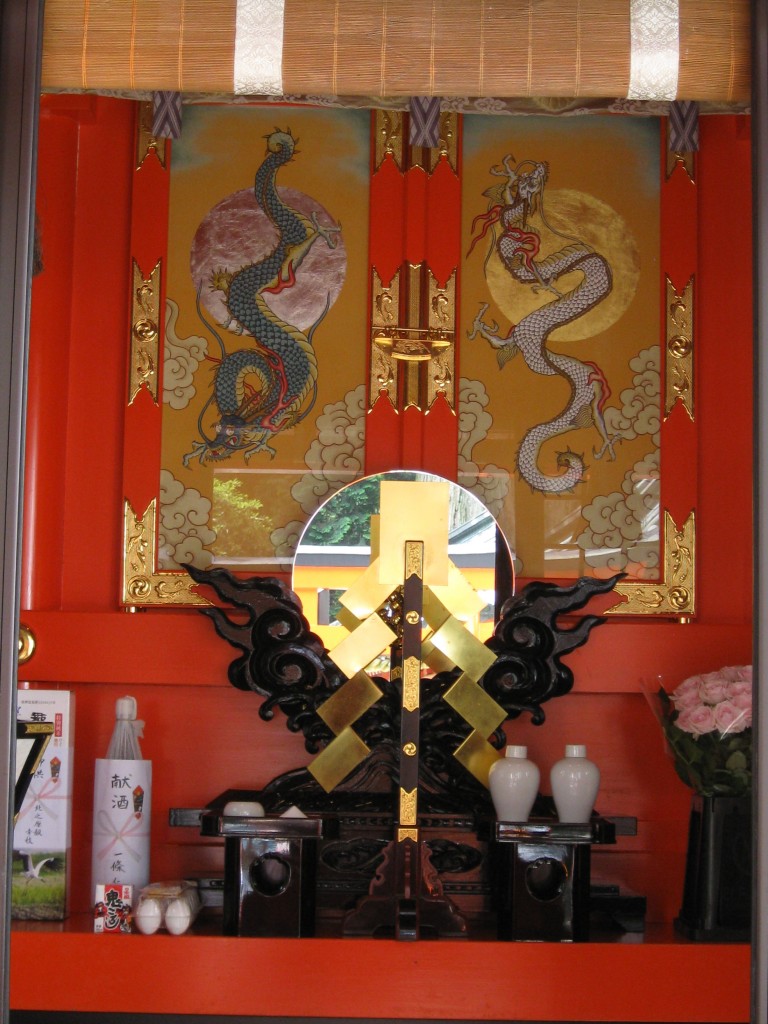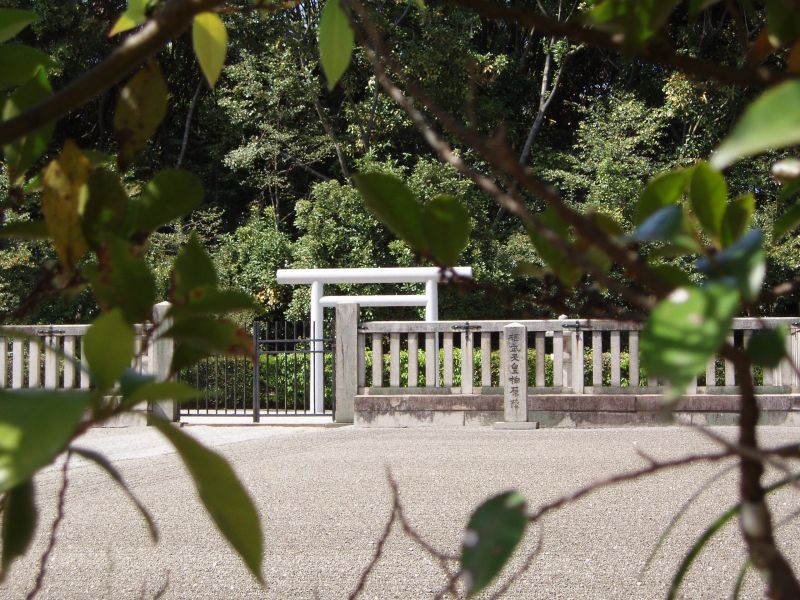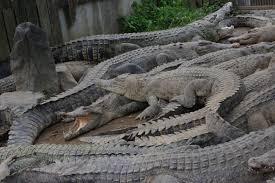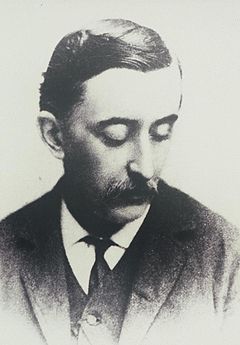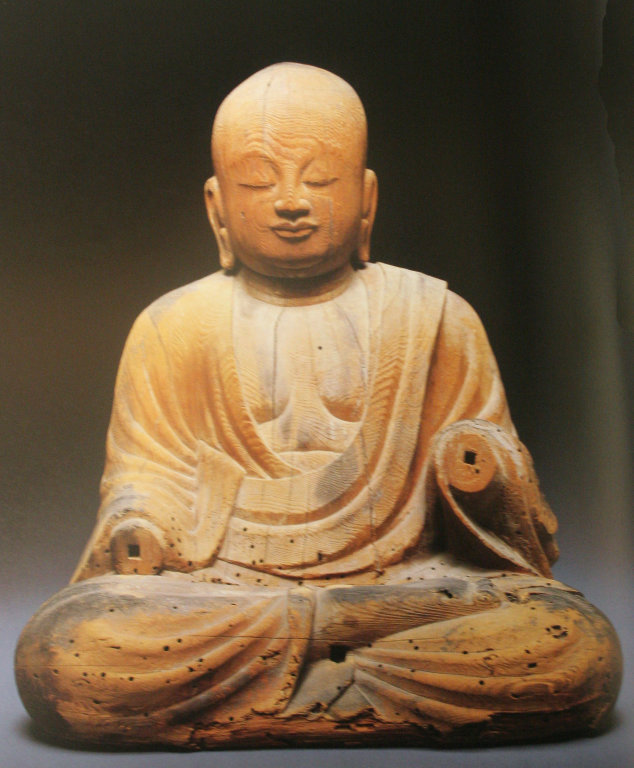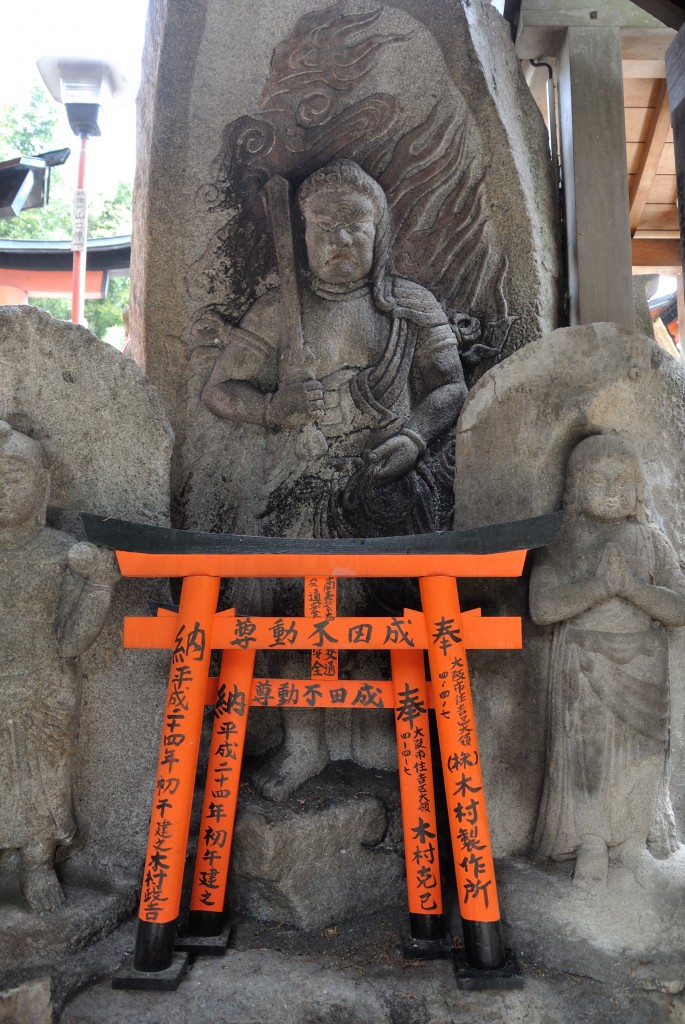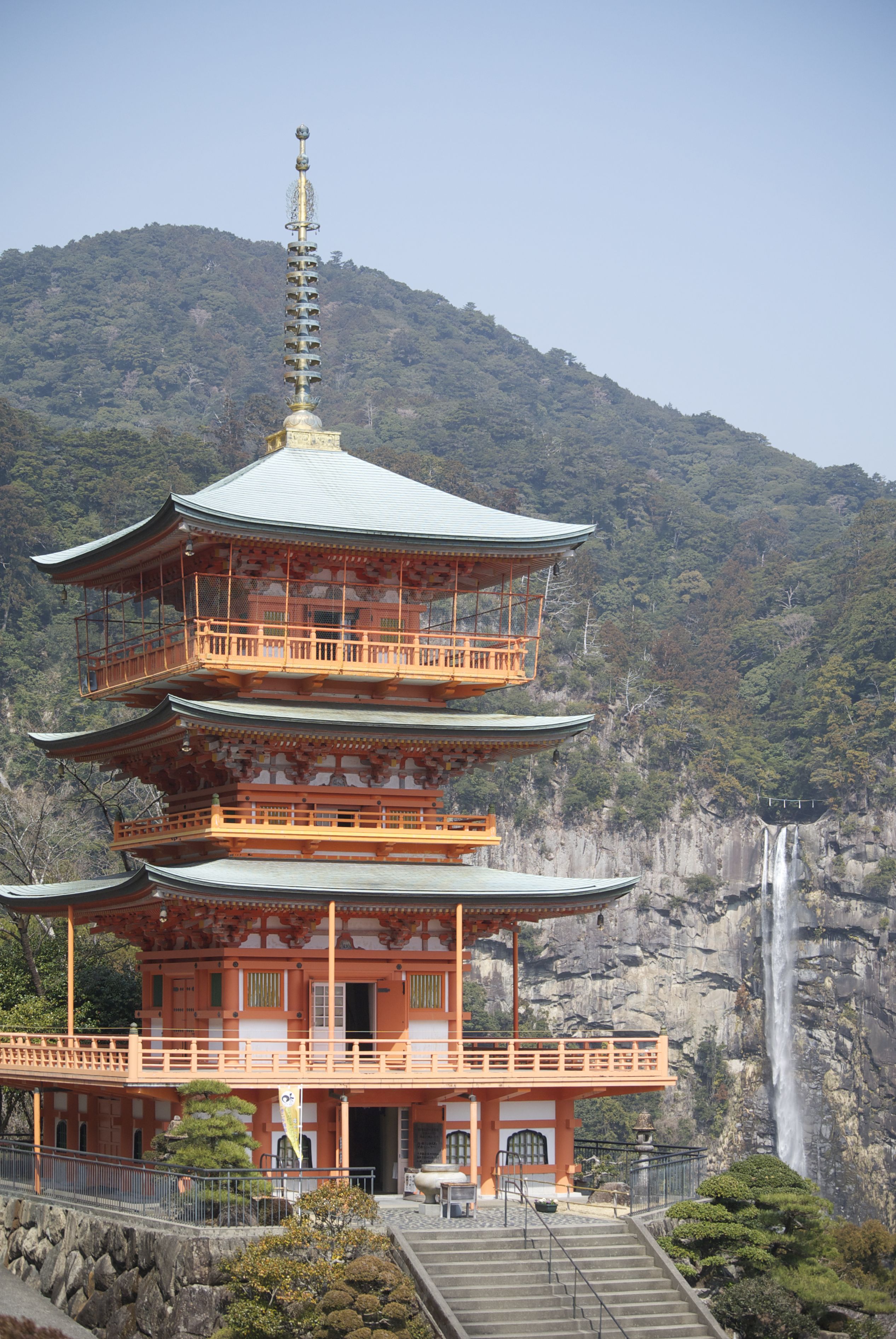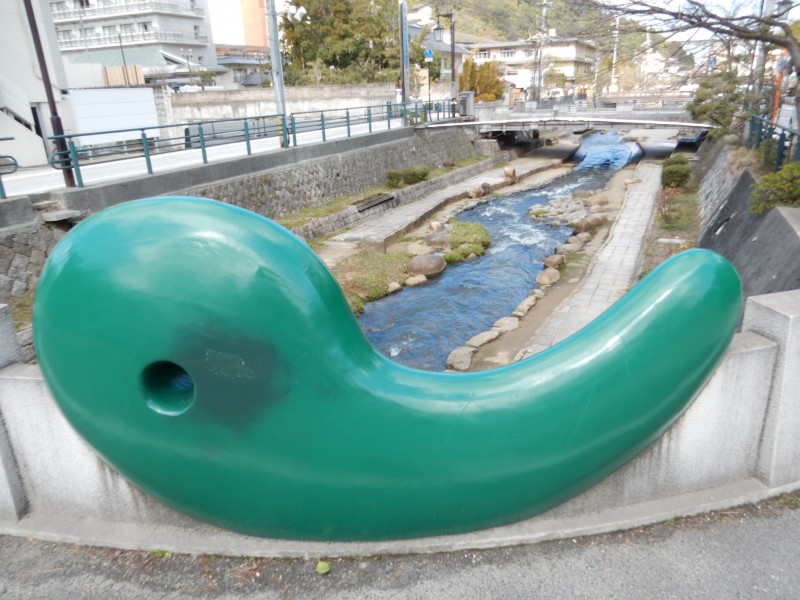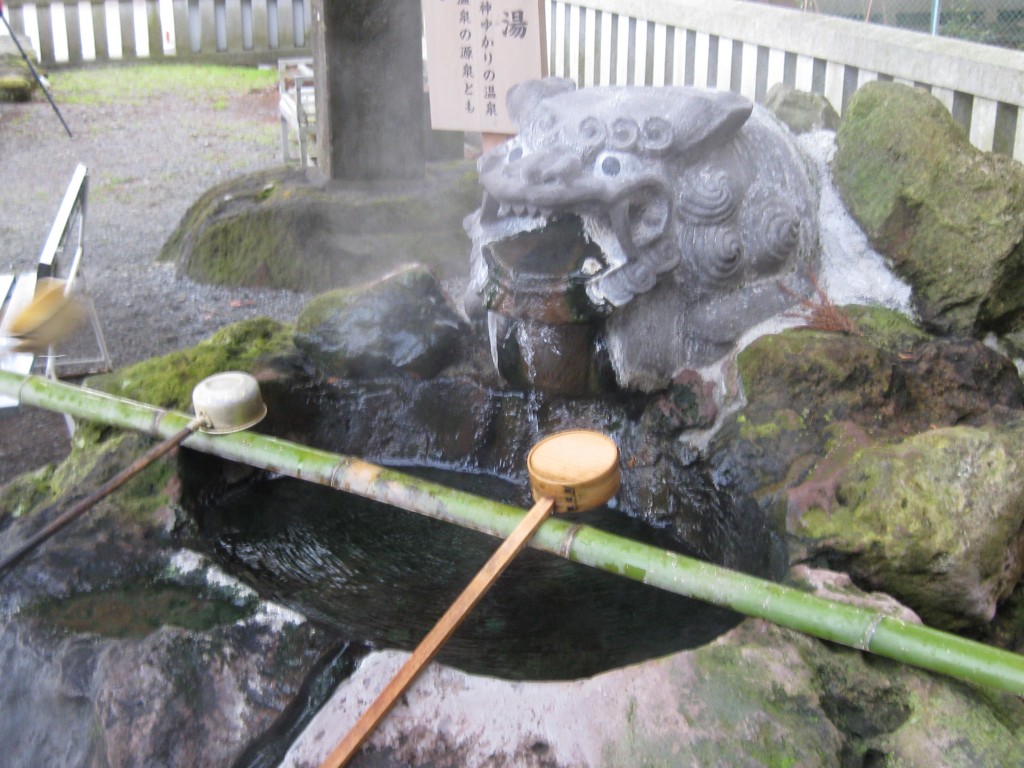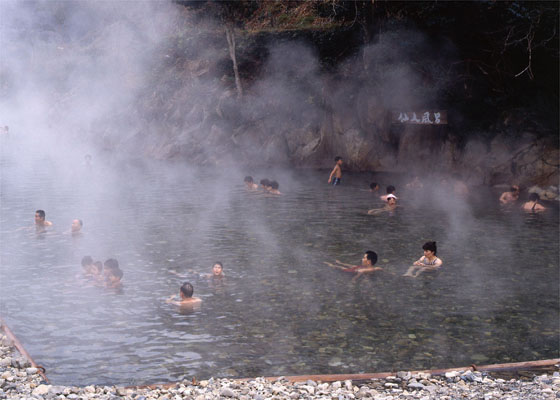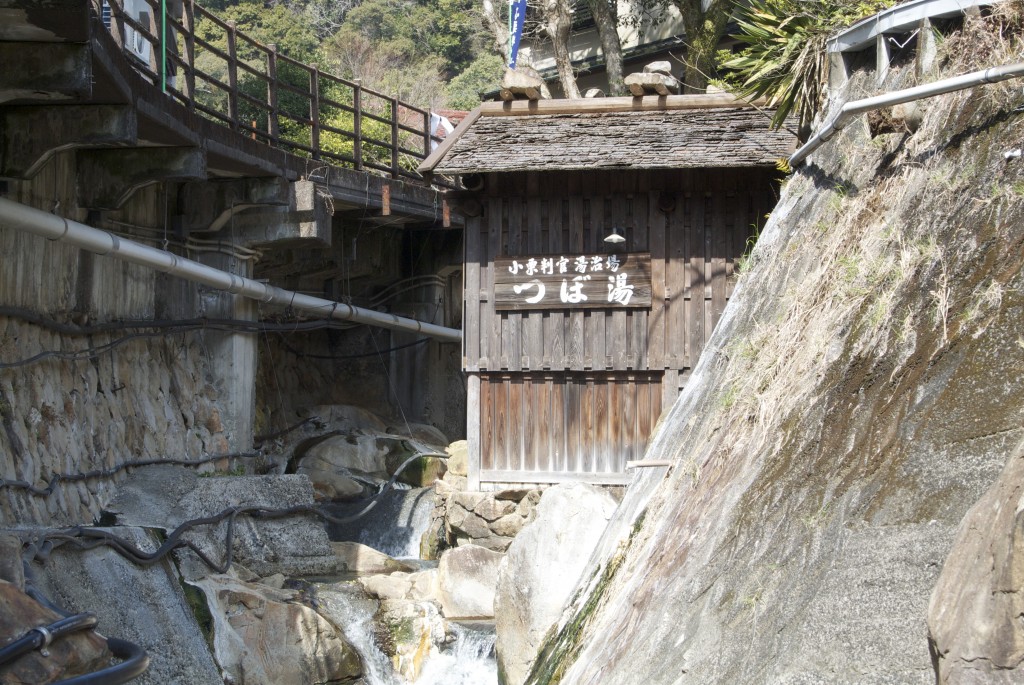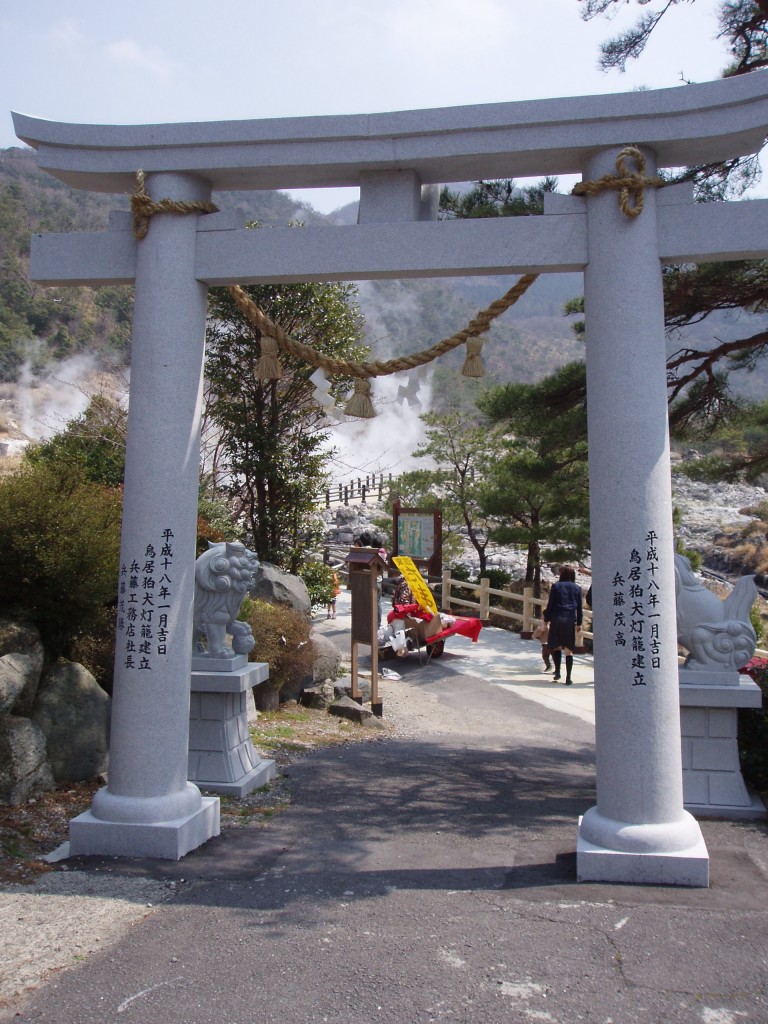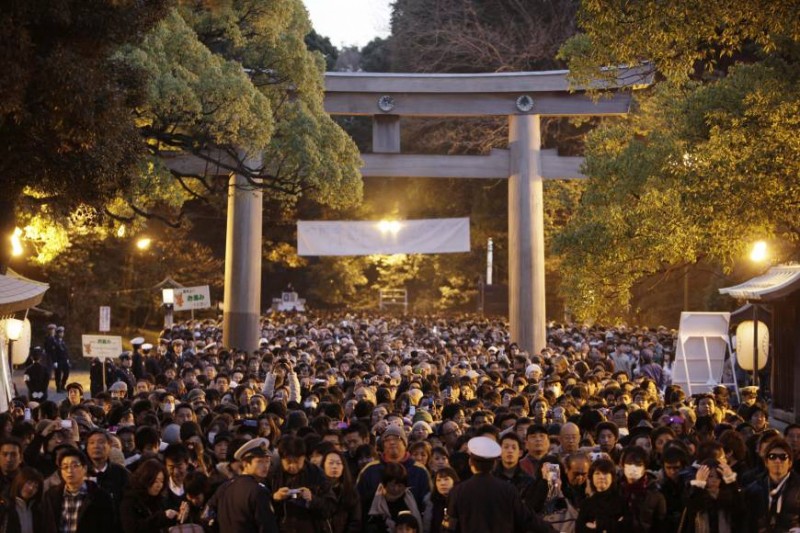In December, the former gūji (head priest) of Tokyo’s famous Tomioka Hachimangu Shrine allegedly murdered his sister before committing suicide. Later, it was reported by various media that the suspect, Shigenaga Tomioka, had taken over the position from his father in 1995, but apparently the father disapproved of his son’s spendthrift habits and, after temporarily reassuming the head priest position, willed it to his daughter, Nagako, who took over in 2010. She asked that the Association of Shinto Shrines, which oversees all of Japan’s shrines, approve her ascension, and when they failed to respond, Nagako withdrew Tomioka Hachimangu from the group.
According to the tabloid press, Nagako herself reverted to the kind of extravagant lifestyle her brother enjoyed and which angered their father. She seems to have had a particular fondness for expensive host clubs. One of the more interesting aspects of this lurid story is the idea of a Shinto shrine as a lucrative family business. In principle, the association controls a shrine’s activities, including its financial situation and the appointment of the head priest, but Tomioka Hachimangu — even the name is linked to the family — clearly was a self-governing business. Friday magazine estimated its yearly income to be at least ¥500 million. How much of this money went to the association is not known, but in any case it seems obvious that the two siblings were fighting over more than just a position of authority. There was a lot of cash at stake.
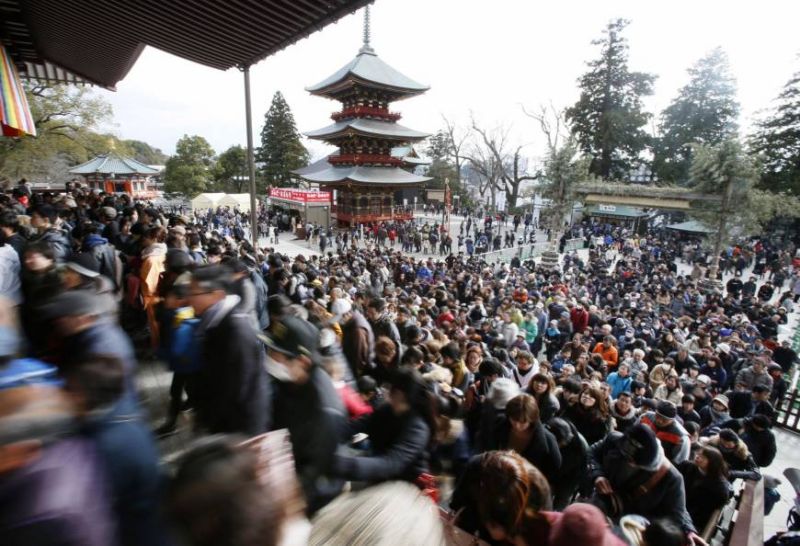
Crowds flock to Naritasan Shinshoji in Narita, Chiba Prefecture, the nation’s second New Year destination
How much cash is at stake is difficult to know, since Shinto shrines and Buddhist temples do not disclose how much they receive in offerings. The information website AndYou.media made a rough estimate, however, by multiplying the number of estimated visitors at the top 10 sites of worship in Japan during the three-day new year holiday and multiplying those numbers by the average amount of saisen offerings. According to their calculations, Meiji Shrine in Tokyo, the most popular shrine in Japan, takes in about ¥1.3 billion. Naritasan Shinshoji, a temple in Chiba Prefecture, comes in second with about ¥1.24 billion. And that’s only for three days. The rest of the year shrines and temples earn money from activities such as prayers and blessings and other services requested by worshippers. These amounts are also unknown because they also count as contributions and thus do not have to be strictly recorded.
Almost all of this income is tax-free thanks to the Religious Corporations Law. As long as the money collected is associated with worship, the shrine or temple does not have to pay taxes on it. But while accounting at religious places can be pretty loose, the government does pay attention. In 2013, Naritasan was cited for improper deductions of ¥100 million worth of ingredients used to prepare meals for nonworshipping visitors over five years. Naritasan serves vegetarian meals to worshippers free of charge as part of religious services — charging nonworshippers for the same meals — and apparently the temple was declaring ingredients it used for religious services as ingredients it used for profit-making meals so they could be treated as tax-deductible business expenses.
As the Naritasan case shows, there is sometimes a fuzzy line between what is considered a religious activity and what is considered a money-making enterprise. If a shrine or temple charges for parking on their property, then the revenue is taxable. Temples that run kindergartens and charge for them may be able to get away with not paying taxes if the children take part in prayer. Money from funerals and weddings are usually safe from tax collectors. Even property taxes are exempt. If religious institutions rent land to be used mainly for housing purposes, and if the rent they receive in a given year does not exceed three times the assessed tax value of the land, then they don’t pay tax on it. A friend of ours who wanted to build a house in Kamakura leased his land from a temple. It was the only way he could afford it.

Offering coins at shrines is a common sight
Until the Meiji Restoration in 1868, local administration was mostly carried out by Buddhist temples through the danka system. Danka refers to the membership of a temple, which often owned the land the members lived on. The danka would contribute to the temple to maintain the structures and carry out ceremonies. Common people were not registered as members of families but rather as members of danka, and when they died they tended to be buried in common graves. When the emperor was reinstated as the head of the country, the state promoted Shintoism and took administrative powers away from the temples, creating a system that established the family as the main unit of civic life under the emperor. The Meiji government appropriated a lot of temple land.
But still a lot remained in the hands of temples. One lucrative plot belongs to Sensoji Temple in the Asakusa district of Tokyo, one of the biggest tourist attractions in the country. Until last year, the merchants operating in the huge shopping arcade in front of the temple paid rent to the Tokyo Metropolitan Government, which owned their buildings. The land was owned by the temple, but it didn’t charge rent to the metro government. Last year, Sensoji bought the buildings from the government and has jacked up rents by as much as 16 times to bring them in line with market rates. Because these businesses are not involved in worship activities, Sensoji will have to pay taxes on the rent it receives.
Since the Meiji Restoration, the main distinction, financially, between temples and shrines is that shrines do not charge worshippers to visit them while temples often do; which isn’t to say that Shintoism isn’t profitable — the Tomiokas obviously made a fortune from it — but only that the Japanese history of Buddhism, which worships deities, makes it easier to stake claims for the religious character of assets, such as statues and buildings that are very old and, thus, appeal to the public as sightseeing attractions.
This aspect is fully apparent in Kyoto, where temples are the prime tourist attraction. All the famous temples in Kyoto charge admission fees categorized as “offerings” and so are not taxed because it is assumed visitors are entering the precincts for the purpose of worship. Of course, everybody knows that the real purpose is sightseeing, and the city of Kyoto has wanted to impose taxes on these profitable temples for many years. In the 1980s, the city tried to levy the so-called old capital preservation cooperation tax on them, but they banded together and shut down in protest. The city soon rescinded the tax.
These temples are so powerful that they even get the central government to subsidize repairs in the name of preserving cultural treasures and historical assets. A recent article in the Tokyo Shimbun outlined how temples in Kyoto and Nara have increased admission fees recently in order to offset the expense of renovating their facilities, though the government will offset some of these repairs. According to the Asahi Shimbun, the government is covering 55 percent of the huge project to renovate Kiyomizu Temple in Kyoto. One expert told the Tokyo Shimbun that the main reason these temples increased their admission fees is that they are becoming less popular as destinations for school excursions, which used to guarantee a minimum yearly income. So temples are actively trying to attract more foreign tourists, who may cause more wear and tear that requires repairs and thus higher fees.
There are laws that require temples to report income over a certain amount and submit operating records, but it’s difficult for the authorities to monitor things like offerings, selling charms and payments for services when there are no invoices or receipts involved. As the Tokyo Shimbun points out, the Kyoto temples don’t disclose their income and expenses in detail, so the public doesn’t know whether they actually need to increase admission fees. The expert adds that since these temples are operated in much the same way as art museums are run, they should be forced to show how they maintain their assets.
The vast majority of temples do not have assets or interesting structures or elaborate gardens. Those temples still rely on danka for their upkeep. The same goes for the nation’s 82,000 shrines, most of which don’t even have priests and so have to borrow priests from other shrines to carry out rites and ceremonies. They receive funding from the association, and generate income by doing things like blessing new houses, praying over newborns or officiating at weddings. But not funerals. Those still tend to be Buddhist affairs. Temples make a lot of money from graveyards.

Death is usually associated with Buddhist practices, as pictured here, while Shinto funerals take a slightly different form
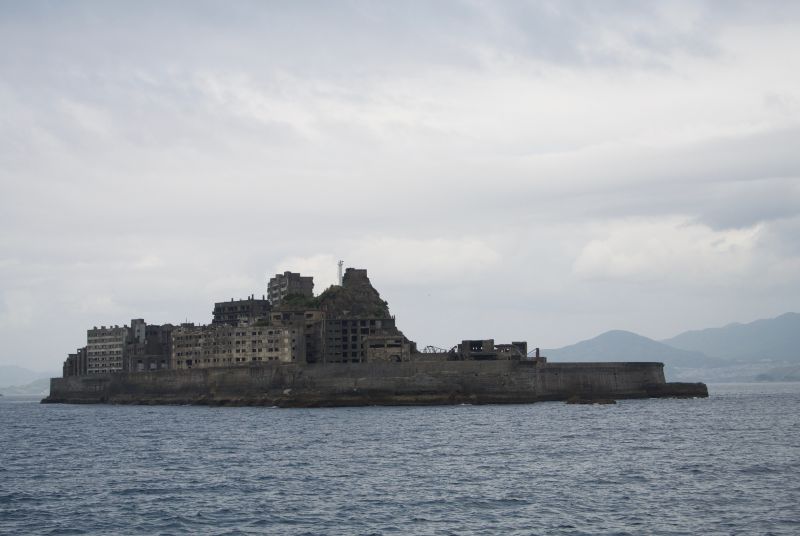
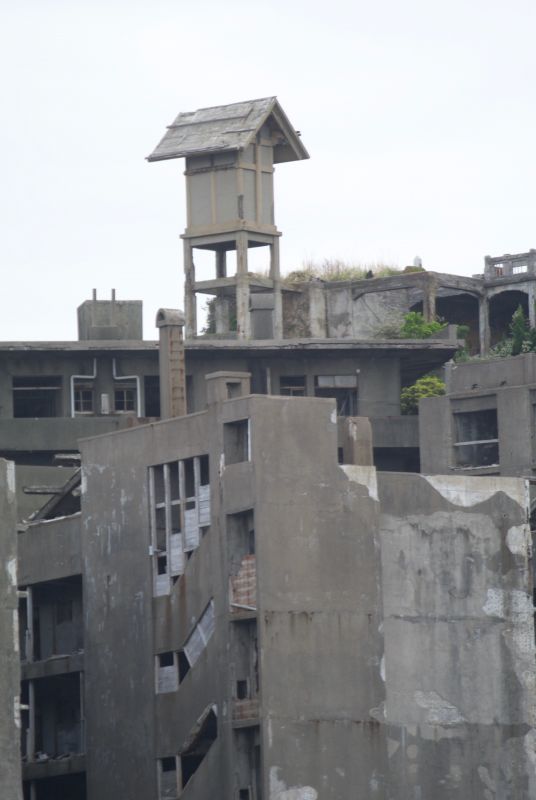
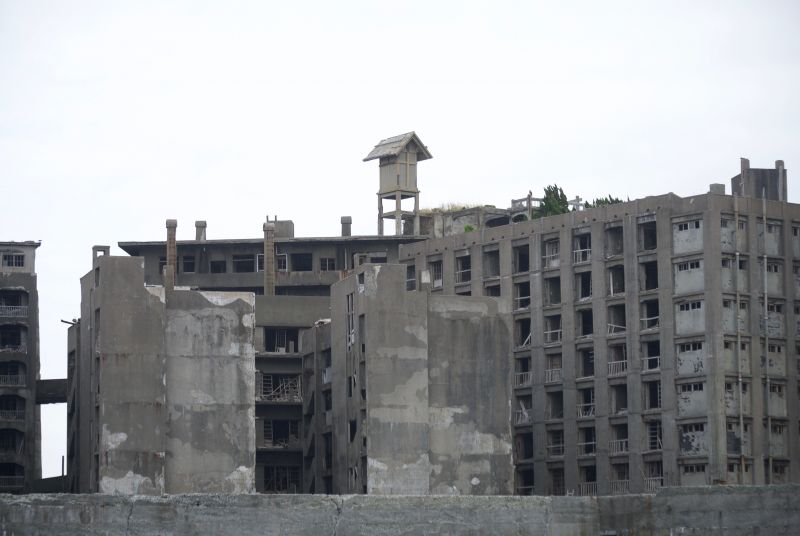
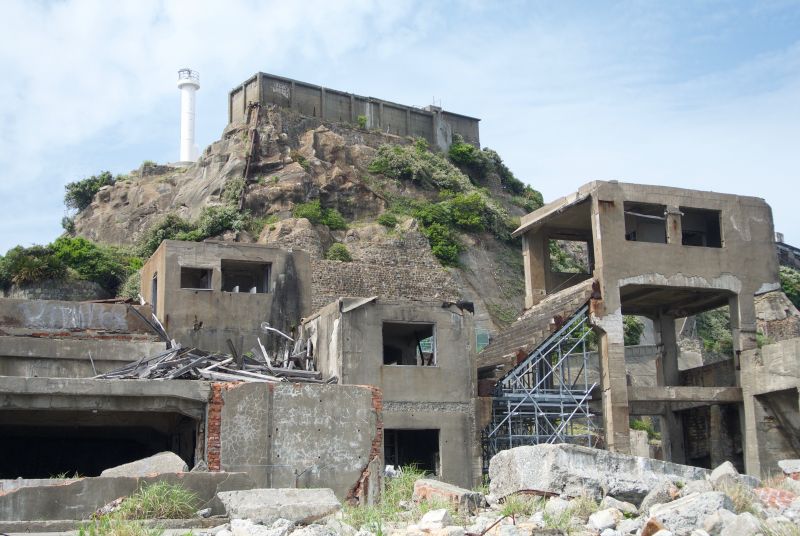
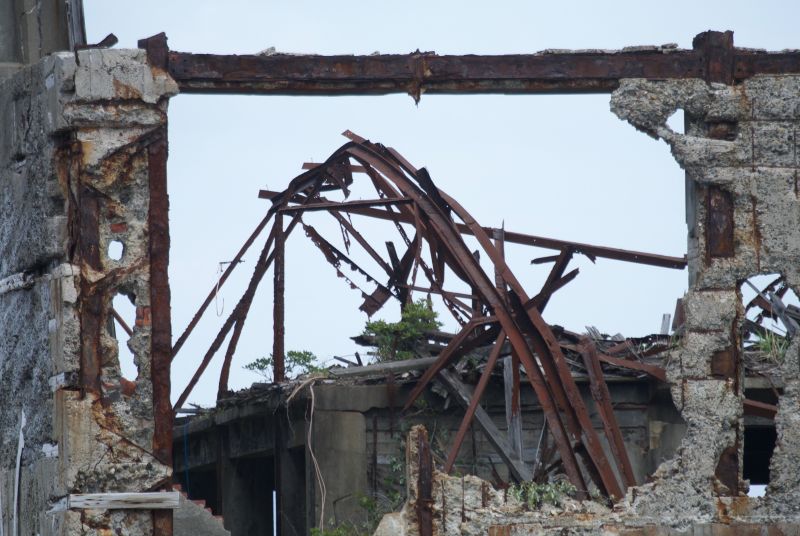

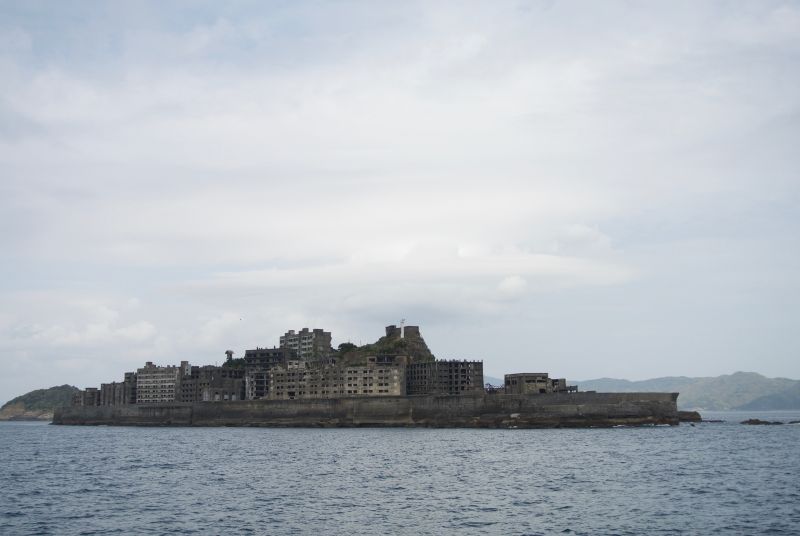

 The great hope of Green Shinto, as for many progressive thinkers throughout the Western world, is that we can somehow recapture a proper relationship to nature, based on reverence and communion rather than exploitation. A recent article on the subject by the Brainpickings website articulated this in compelling terms. It is these kinds of sentiments that inspire such affection for Shinto’s animistic roots and its reverence of nature.
The great hope of Green Shinto, as for many progressive thinkers throughout the Western world, is that we can somehow recapture a proper relationship to nature, based on reverence and communion rather than exploitation. A recent article on the subject by the Brainpickings website articulated this in compelling terms. It is these kinds of sentiments that inspire such affection for Shinto’s animistic roots and its reverence of nature.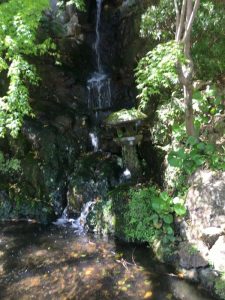 “We cope with [the] awareness of our smallness and finitude by grasping for control and domination of the expansive natural world that lies beyond us. Decades after the theologian Thomas Merton wrote that we suffer from a civilizational sickness leading us to believe that “in order to ‘survive’ we instinctively destroy that on which our survival depends,” Williams writes:
“We cope with [the] awareness of our smallness and finitude by grasping for control and domination of the expansive natural world that lies beyond us. Decades after the theologian Thomas Merton wrote that we suffer from a civilizational sickness leading us to believe that “in order to ‘survive’ we instinctively destroy that on which our survival depends,” Williams writes: